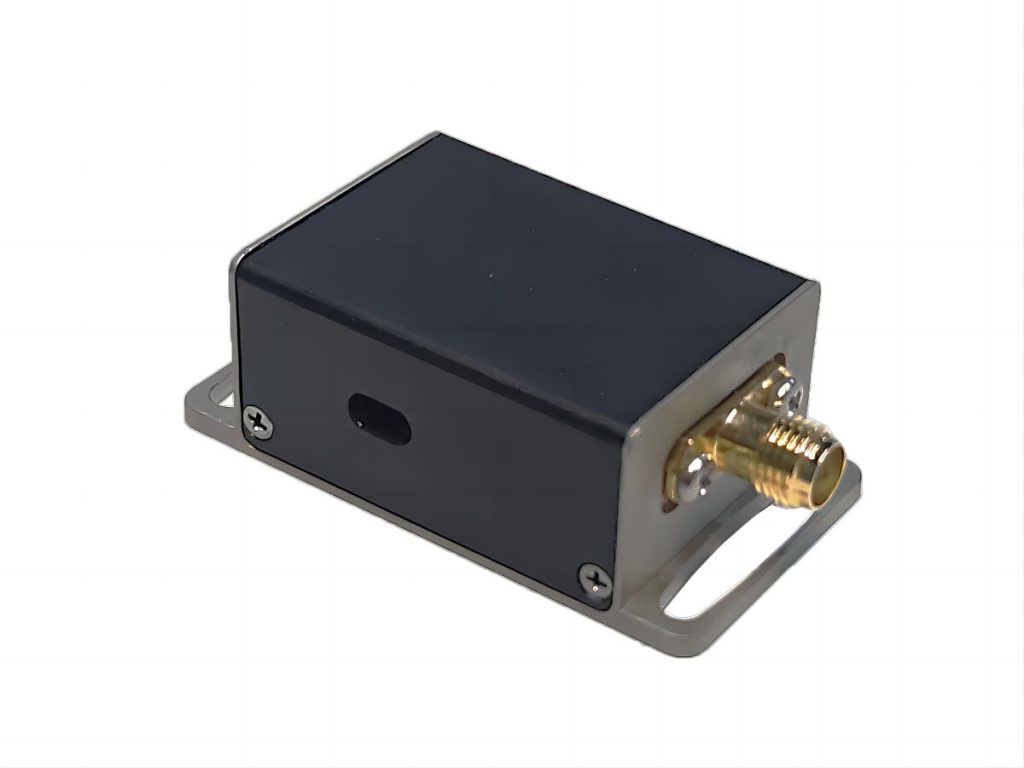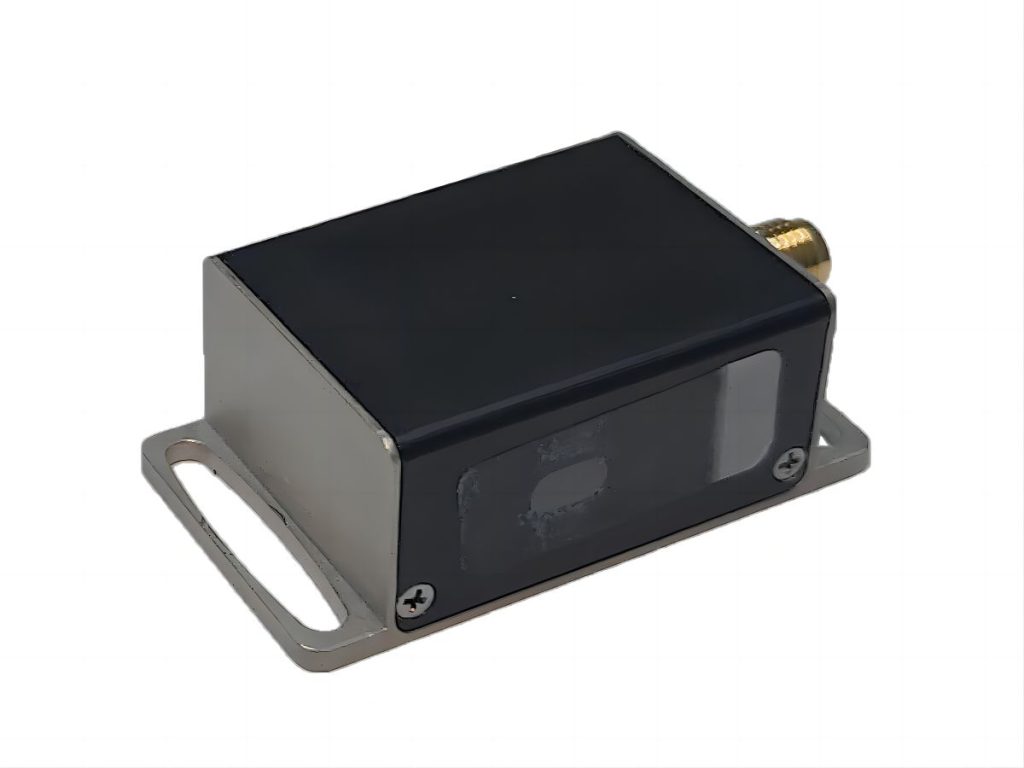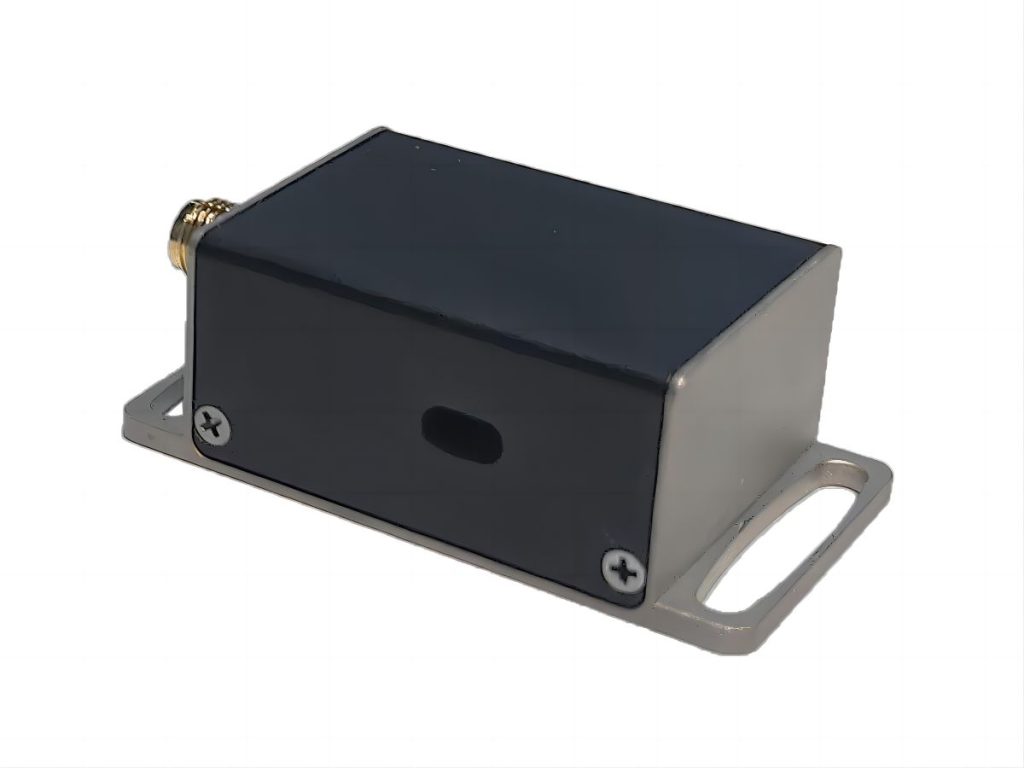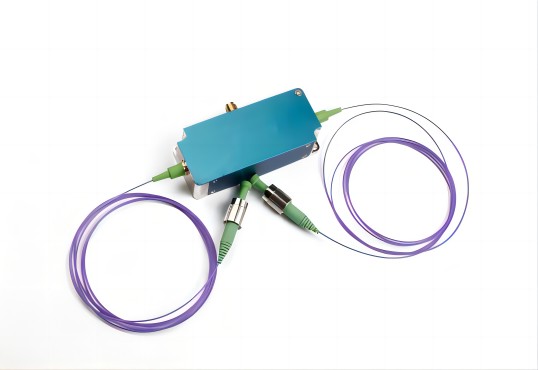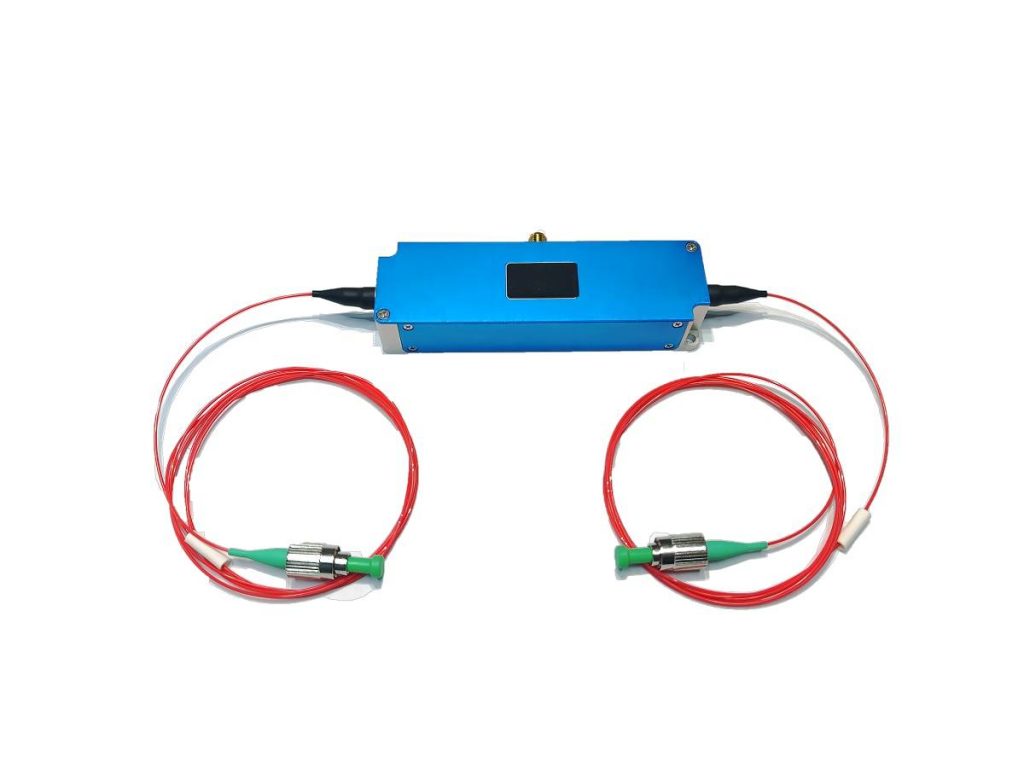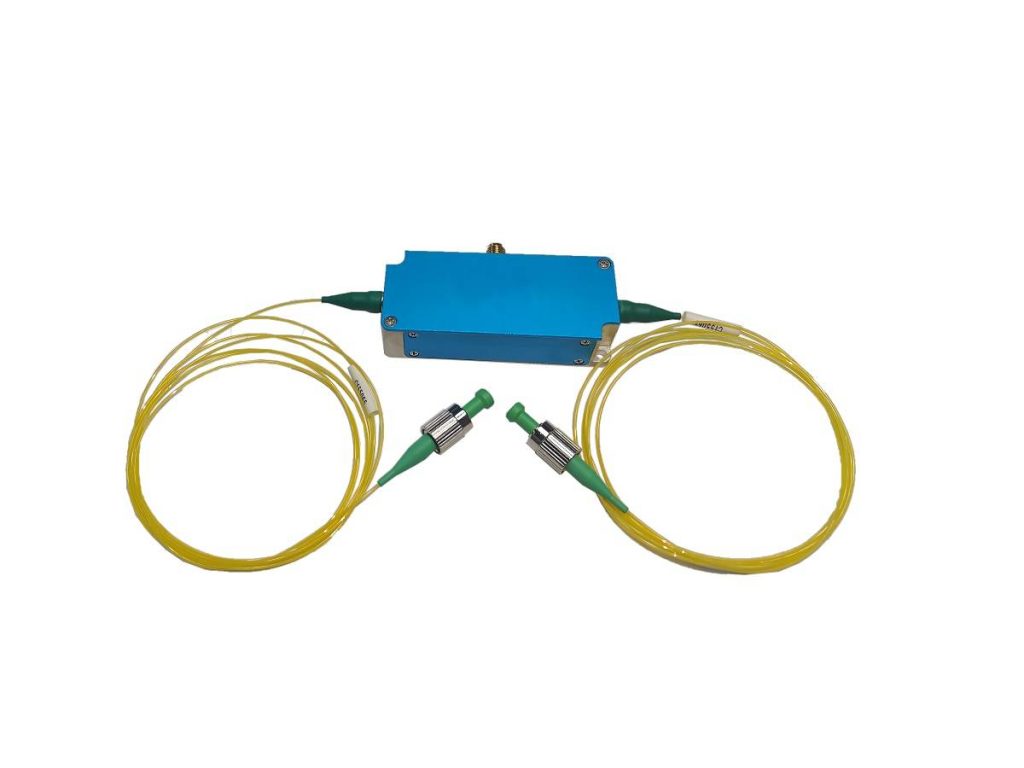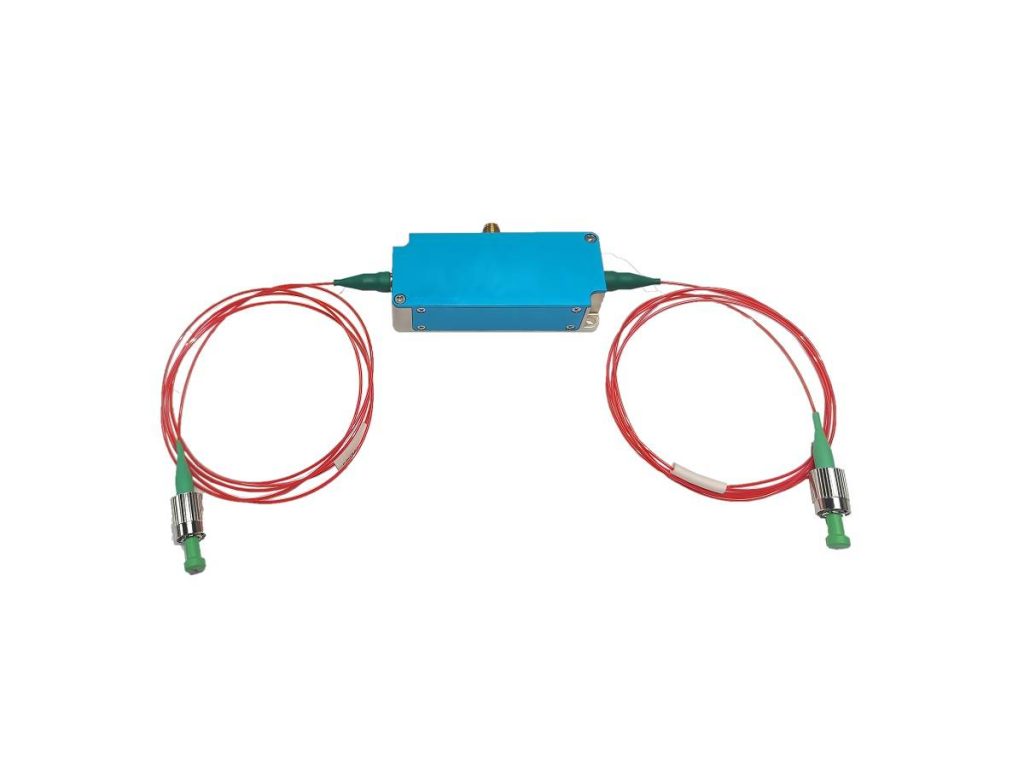Technical Features of Spatial Acousto-optic Modulator
As an innovative optical signal control device, the spatial acousto-optic modulator occupies a pivotal position in the field of optical engineering with its unique technology and excellent performance. Spatial AOMs play a pivotal role in numerous industries, offering precise control of light for applications ranging from biomedical imaging to optical communication systems. This article delves into the key features of spatial AOM technology, explaining how it works and why it is so valuable in modern optical systems.
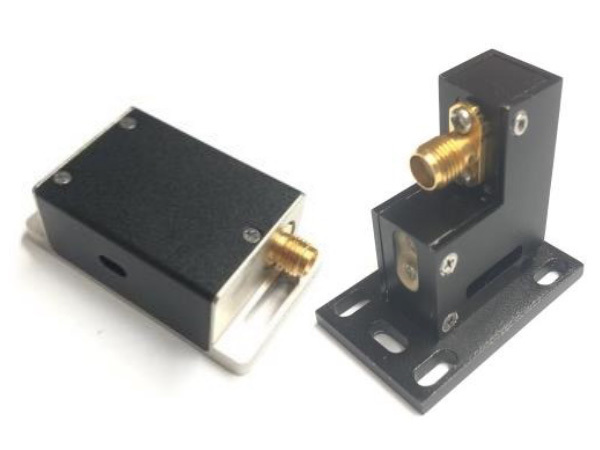
1. Broad Spectral Compatibility
Key Range: 240nm to 2100nm
Spatial AOMs are compatible with a wide range of wavelengths, allowing them to interact with various types of lasers, from near-infrared to far-infrared. This makes them highly versatile in different fields.
- Biomedical Imaging: In this domain, lasers with different wavelengths are used to image biological tissues. The ability of a spatial AOM to handle these different wavelengths means it can provide precise control over the light used in imaging, leading to clearer, more detailed images. For example, near-infrared light is often used to penetrate deeper into tissues, while far-infrared might be used to highlight specific features.
- Fiber Optic Communication: The wide spectral range makes Spatial AOMs suitable for systems that use multiple laser wavelengths for signal transmission. This is particularly important for Wavelength Division Multiplexing (WDM), a technology in fiber optic communication where different wavelengths are used to carry multiple data channels. Spatial AOMs ensure accurate modulation of each wavelength for reliable data transmission.
- Spectroscopy: Spatial AOMs are commonly used in spectroscopy to control the interaction of light with materials over a wide spectral range. This broad compatibility enables researchers to study a variety of materials, from gases to complex biological compounds, under different wavelengths, providing deeper insights into their molecular composition.
2. Rapid Response Mechanism
Response Time: 68 nanoseconds
Spatial AOMs offer an ultra-fast response time, making them ideal for applications requiring real-time modulation of optical signals.
- Instantaneous Power Control: The modulator can switch from a dormant state to full power in just 68 nanoseconds. This is critical for systems that rely on rapid changes in light intensity, such as optical trapping (where light is used to manipulate microscopic particles) or laser cooling (where light is used to slow down and cool atoms). In these applications, any delay in signal modulation can significantly affect the precision and outcome of the experiment.
- High-End Scientific Experiments: In fields like quantum optics or particle physics, the ability to modulate light with nanosecond precision is essential. This allows researchers to accurately control the behavior of light in complex experiments where timing is crucial.
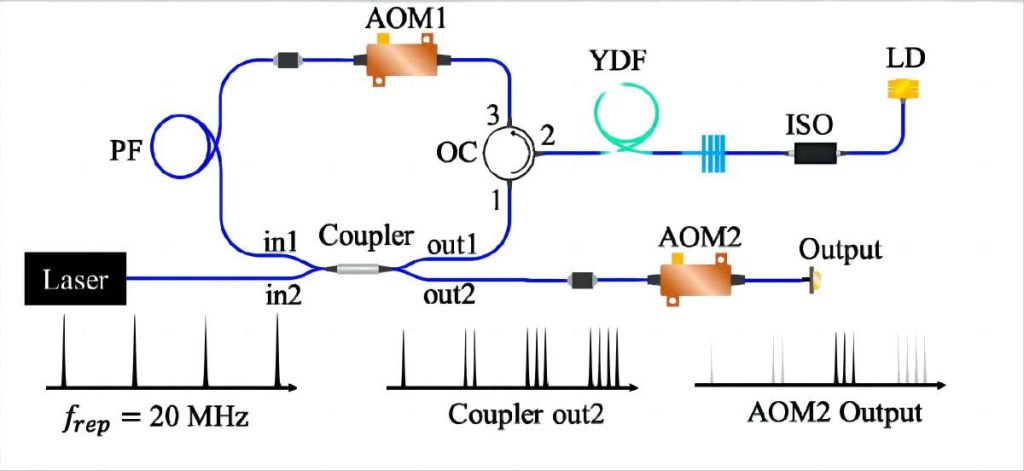
3. Efficient Bandwidth Management
Bandwidth: Up to 8 MHz
- Telecommunications: In high-speed data transmission systems, such as those found in modern telecommunications, bandwidth is crucial. Spatial AOMs can process and modulate optical signals at high frequencies, ensuring that data is transmitted quickly and accurately. For example, in 5G networks, where data must be transmitted at extremely high speeds, a spatial AOM can help manage the large volume of signals without introducing delays or errors.
- Precision Measurement Systems: In applications like optical coherence tomography (OCT) or interferometry, precise measurements depend on the ability to process high-frequency signals. The 8 MHz bandwidth allows for real-time analysis of rapidly changing signals, providing highly accurate measurements of distance, surface profiles, or internal structures of materials.
4. Superior Optical Energy Conversion Efficiency
Diffraction Efficiency: Over 80%
Spatial AOMs boast exceptional energy conversion efficiency, with diffraction efficiencies exceeding 80%. This means that a significant portion of the input optical energy is effectively converted into the modulated output signal.
- Energy Conservation in Laser Systems: In laser-based communication systems or industrial laser systems, efficient energy conversion ensures that the majority of the optical energy is used for signal transmission or material processing, rather than being lost as waste. This results in lower energy consumption and improved overall system performance.
- Minimizing Light Loss: High diffraction efficiency also reduces light loss, which is important for applications where precise control of light intensity is necessary. For instance, in laser machining or material processing, where laser beams are used to cut or etch materials, minimizing light loss improves the accuracy and quality of the work.
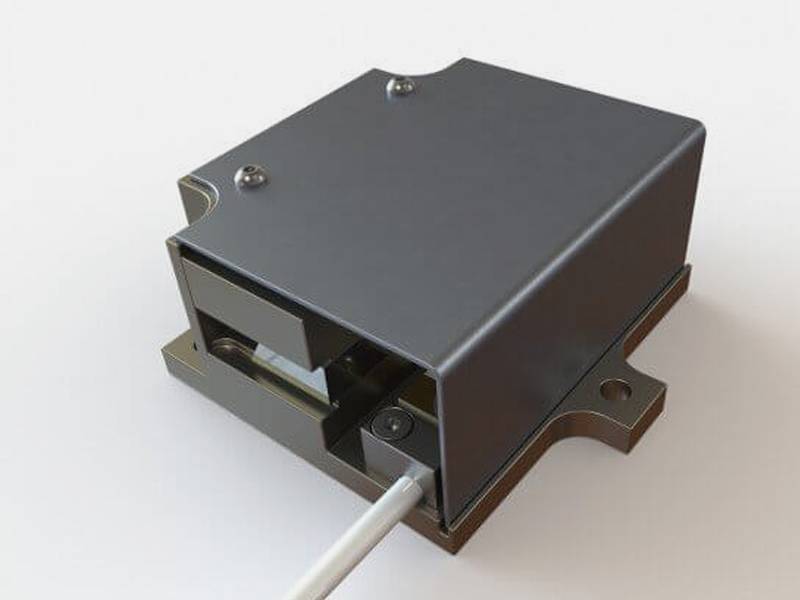
5. Energy-saving and Environmentally Friendly Design
Power Efficiency: Optimized RF power consumption
Spatial AOMs are designed to optimize their use of RF (radio frequency) power, making them highly energy-efficient and reducing their environmental impact.
- Reduced Thermal Effects: By minimizing RF power consumption, spatial AOMs generate less heat. This is particularly important in portable systems or systems that need to run for extended periods without overheating. For example, remote sensing devices often operate in harsh environments where energy efficiency and heat management are critical for long-term operation.
- Sustainability in Design: The reduced energy usage also aligns with sustainability goals, making spatial AOMs more environmentally friendly. In addition, the minimized heat generation means that cooling systems can be smaller or used less frequently, further saving energy in applications like data centers or satellite communication systems.
6. Extreme Precision Control
Extinction Ratio: 30-60 dB
Spatial AOMs offer extreme precision in controlling light signals, with an extinction ratio ranging between 30 and 60 dB. This high extinction ratio indicates minimal light leakage when the modulator is in the “off” state.
- Improved Signal-to-Noise Ratio (SNR): In optical communication systems, a high extinction ratio ensures that unwanted light signals are effectively suppressed, improving the SNR. This leads to clearer, more reliable data transmission, which is essential for high-capacity networks like fiber optics.
- Enhanced Resolution in Imaging Systems: In optical imaging technologies, such as confocal microscopy or super-resolution microscopy, the ability to precisely control light signals with minimal leakage is critical. A high extinction ratio enhances the system’s resolution, allowing for clearer, more detailed images of biological samples or materials.
7. Ultra-High-Speed Switching
Switching Time: 10 nanoseconds at 200 MHz
Spatial AOMs also excel in their ability to switch between states at extremely high speeds, making them suitable for applications requiring ultra-fast modulation of light signals.
- Fiber Optic Networks: In optical fiber networks, data is transmitted at the speed of light, and the ability to switch signals quickly is crucial for maintaining high-speed data transfer. Spatial AOMs can complete the switching process in just 10 nanoseconds at 200 MHz, ensuring that the system can handle rapid signal modulation without delay.
- Real-Time Data Processing: In applications like scientific research, military communications, or medical diagnostics, real-time data processing is essential. The ultra-fast switching capabilities of spatial AOMs allow these systems to process and transmit data with incredible speed and accuracy, enabling real-time decision-making in critical situations.
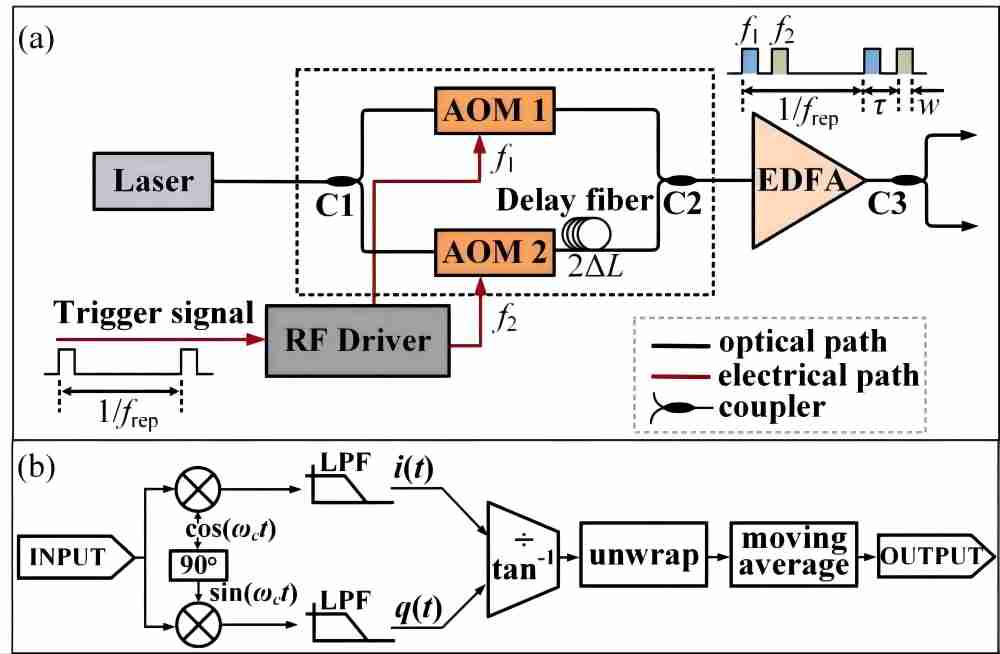
To sum up, the spatial acousto-optic modulator offers a combination of technological strengths that make it a powerful tool in modern optical systems. As technology continues to advance, spatial AOMs will play an increasingly critical role in shaping the future of optical systems, providing new opportunities for innovation and progress in various fields.


